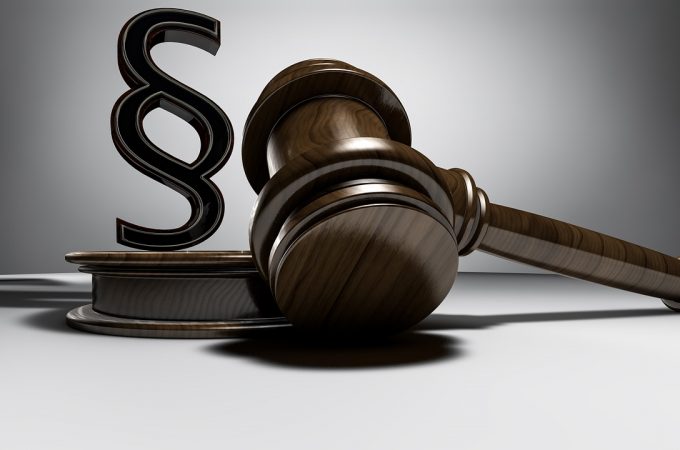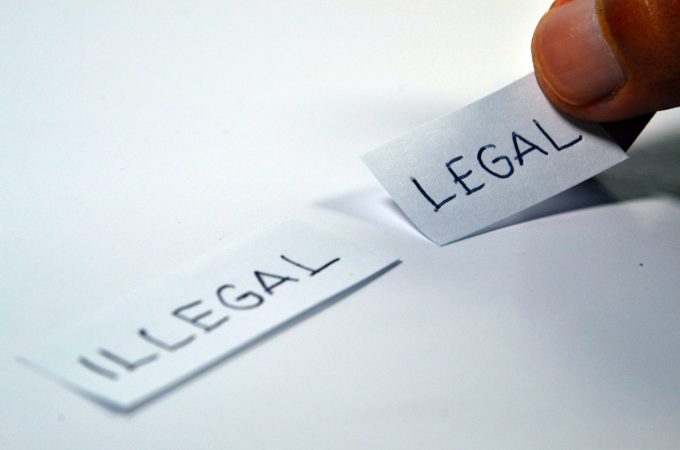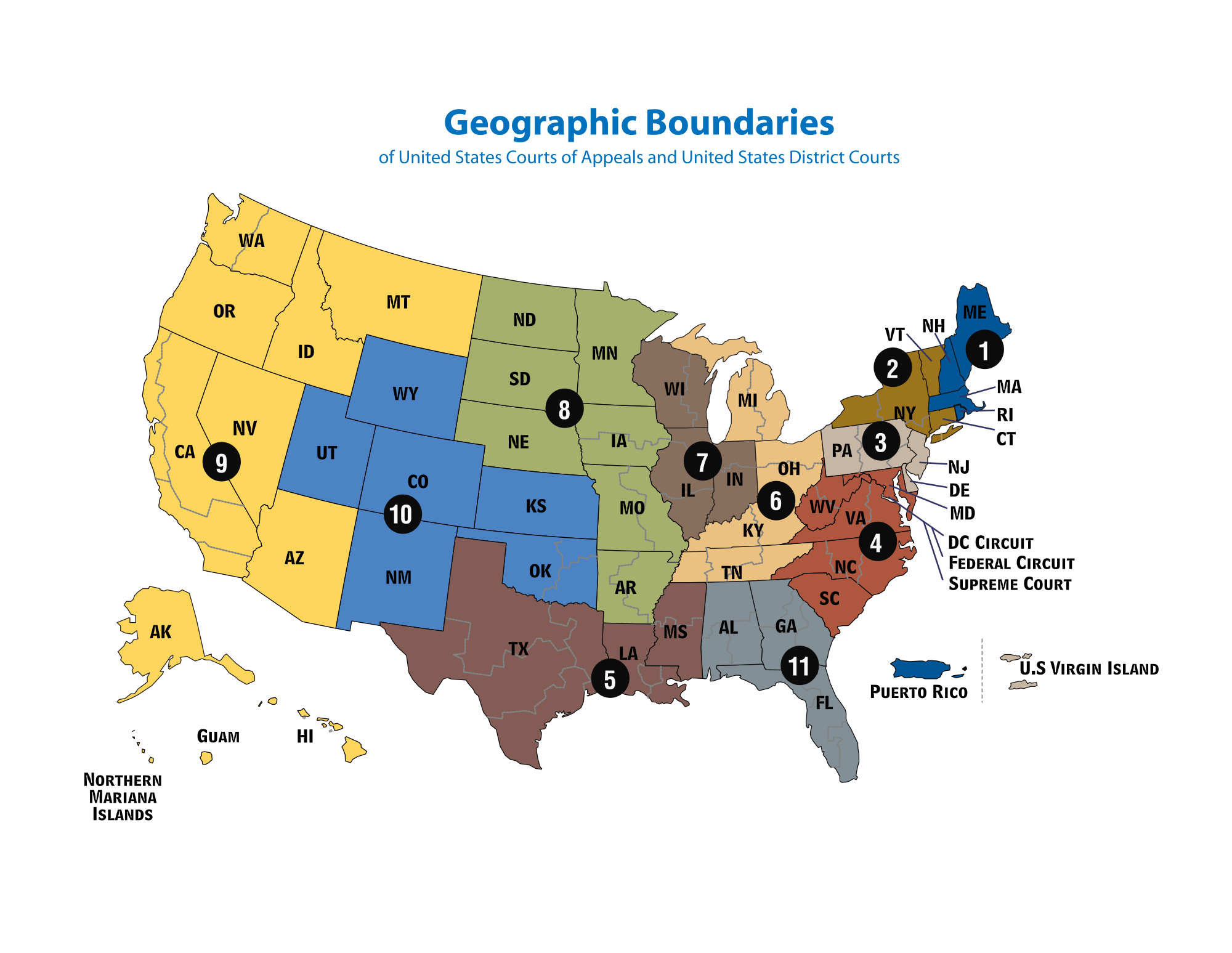
Different types of federal courts in the US
It is taken for granted that everyone know the three branches of the US government (Executive, Legislative and Judiciary, of course), but it is easy to see how knowing all of the different types of federal courts might be lacking or hazy. Today, we will talk about the various courts and their purpose.
Supreme Court
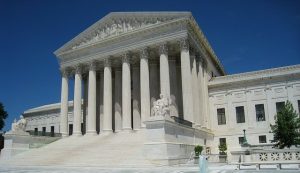 This is the highest authority when it comes to law in the US. The Supreme Court was created by Article III of the United States Constitution, and, being the highest federal court, has ultimate appellate jurisdiction over all other courts, meaning that Justices of the Supreme Court can overturn any verdict they choose.
This is the highest authority when it comes to law in the US. The Supreme Court was created by Article III of the United States Constitution, and, being the highest federal court, has ultimate appellate jurisdiction over all other courts, meaning that Justices of the Supreme Court can overturn any verdict they choose.
Other courts in the US must follow the verdicts, decisions and rulings of the Supreme Court. This federal court also has the authority to review case files, and judge whether the federal government, the state government or even the local governments are doing their job in terms of following the law and the Constitution. Unlike other courts, the decisions made by the Supreme Court are final.
Courts of Appeals
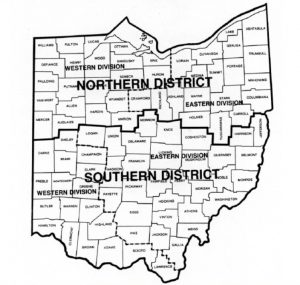 Right underneath the Supreme Court in terms of authority are the thirteen appellate courts. There are ninety-four judicial districts, and they are organized into twelve regional circuits. Each of them has a court of appeals.
Right underneath the Supreme Court in terms of authority are the thirteen appellate courts. There are ninety-four judicial districts, and they are organized into twelve regional circuits. Each of them has a court of appeals.
What is the structure of these courts, you may ask? Well, unlike most courts, there are three judges and no jury – meaning that it will not be your peers that go over whether you have been given due process or not.
Bankruptcy Appellate Panels
If you run out of money, you are simply broke. However, if you run out of money, while you are unable to repay your debts, you are insolvent. It is a common practice to declare bankruptcy in this case. The bankruptcy court determines whether you are eligible to declare bankruptcy.
Bankruptcy Appellate Panels are there to determine whether your appeals against the court’s decision are valid. They also consist if three judges. We have mentioned before that there are 12 regional circuits of the Courts of Appeals. Bankruptcy Appellate Panels occupy the First, Sixth, Eighth, Ninth, and Tenth Circuit.
District Courts
 There are 94 district or trial courts in the USA. There is a minimum of one district court in every state, plus the District of Columbia. Every district court is a court of law, equity, and admiralty, and each of them has a bankruptcy courts associated with them.
There are 94 district or trial courts in the USA. There is a minimum of one district court in every state, plus the District of Columbia. Every district court is a court of law, equity, and admiralty, and each of them has a bankruptcy courts associated with them.
What is it that they handle? Well, criminal prosecutions, civil actions and many different cases and controversies. Their jurisdiction is on the same level as the state court of their state.
Bankruptcy Courts
We have mentioned Bankruptcy courts previously, when we were discussing Bankruptcy Appellate Panes, or BAPs. In cases of personal, business, or farm bankruptcy, the state has no jurisdiction, so the debtors turn to these courts in order to proceed with the liquidation of their assets, or to come up with a payment plan through reorganization of their assets and income.
Bankruptcy courts are there to find out whether your claim is legitimate, and not a fraud, which is a white-collar crime, but still a federal white-collar crime. They are necessary because some people may try to treat bankruptcy as a simple get-out-of-jail-free card, when the issue is more complex and serious.

